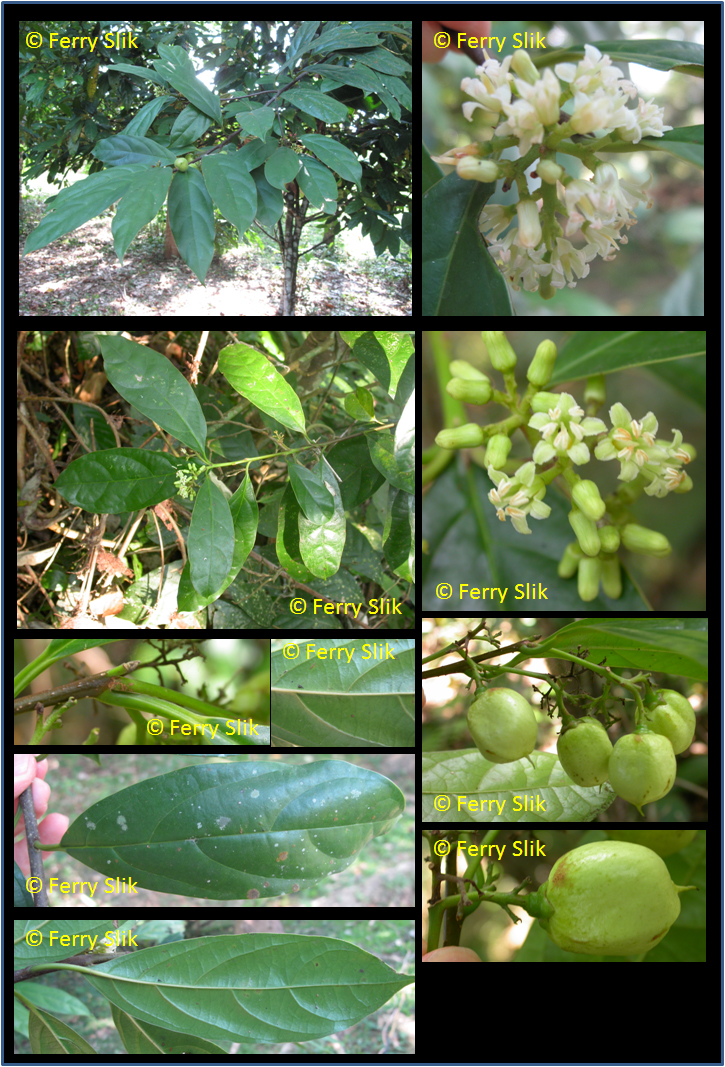Pittosporopsis kerrii Craib, Bull. Misc. Inform. Kew 1911(1): 28-29 28 (1911)
Named after A.F.G. Kerr [1877-?], an Irish physician who was director of the botanical department of the ministry of commerce in Thailand from 1921-1931. Later in Kew (England) he continued working on plants.Synonyms
Pittosporopsis nervosa Gagnep.
Pittosporum nervosum (Gagnep.) Gowda
Stemonurus yunnanensis Hu
Description
Plants (1-)4-7(-17) m tall. Bark red-brown; branchlets brown-green, sparsely lenticellate; young branches green, slightly puberulent.
Petiole 1.5-2.5 cm, glabrescent, adaxially grooved; leaf blade shiny, abaxially light green, adaxially dark green, 12-22 × 4-8.5 cm,
abaxially slightly hairy on midvein, lateral veins 5-7 pairs, midvein and lateral veins prominent abaxially, slightly concave adaxially,
reticulate veins sparse and conspicuous, base gradually narrowed, apex acuminate or obtuse. Cymes 3-4.5 mm, puberulent; peduncle 1.5-2.5 mm,
with branches 0.4-0.8 cm; pedicel yellow puberulent; bractlets 3 or 4, scalelike. Flower buds green, oblong. Calyx ca. 2 mm; lobes triangular,
ca. 1 × 1 mm, outside sparsely golden puberulent. Petals yellow-green at first, becoming white-green to white, 5-7 × 1.5-2 mm, except for
lateral margins densely golden puberulent outside in bud, glabrescent to glabrous, fragrant. Stamens ca. as long as petals; filaments ca.
1 mm wide; anthers white, 1-1.5 mm. Disk to 1 mm. Ovary conical, 1.5-2 mm; style clavate, 3-4 mm. Drupe white-green, edible when young,
brown and 2-ribbed when dry, 2.5-3.5 × 2-2.5 cm. Seeds with a light red-brown, very thin testa; endosperm yellow-white. [From Flora of China]
Ecology
Dense valley forests; 300-1600 m.
Uses
Young fruits are edible. The seeds are edible and are said to be used medicinally (China).
Distribution
Southern China (Yunnan), Burma, Laos, Thailand, Northern Vietnam.
Local names
China: Jia hai tong.
